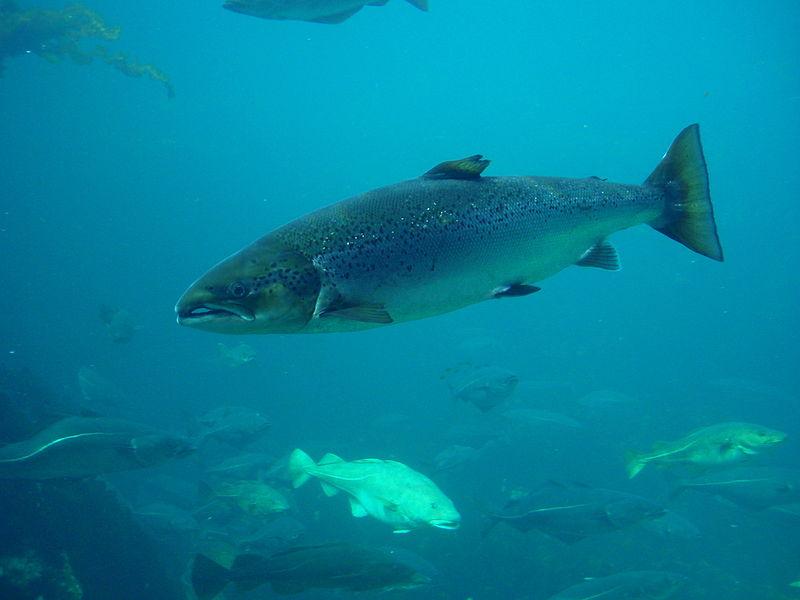U.S. Scientific data on seafood consumption finally catches up to Norway

American consumption of fish may slowly begin to catch up with the eating habits of those in the High North.
According to a recent article in USA Today, the American Environmental Protection Agency (EPA) along with the Food and Drug Administration (FDA) recently released a report urging pregnant women and young children to increase their fish consumption to two to three times weekly.
This recommendation has the United States finally catching up to Norwegian recommendations and scientific findings from nearly one year ago.
A 2013 report from the official Norwegian fisheries site came to the conclusion that the benefits of fish consumption, particularly for pregnant women and young children, far outweigh the potential risks.
While Norwegians rely on fish as a staple source of nutrients, fish consumption (per capita) in the United States generally lags well behind other nations.
A 2013 report found American consumption of seafood down .2 billion pounds from the previous year. This new report may be encouraging for international fishing industries.
According to the same report, 90% of seafood consumed in the United States is imported, suggesting that a rise in seafood consumption may prove profitable for foreign fisheries.
